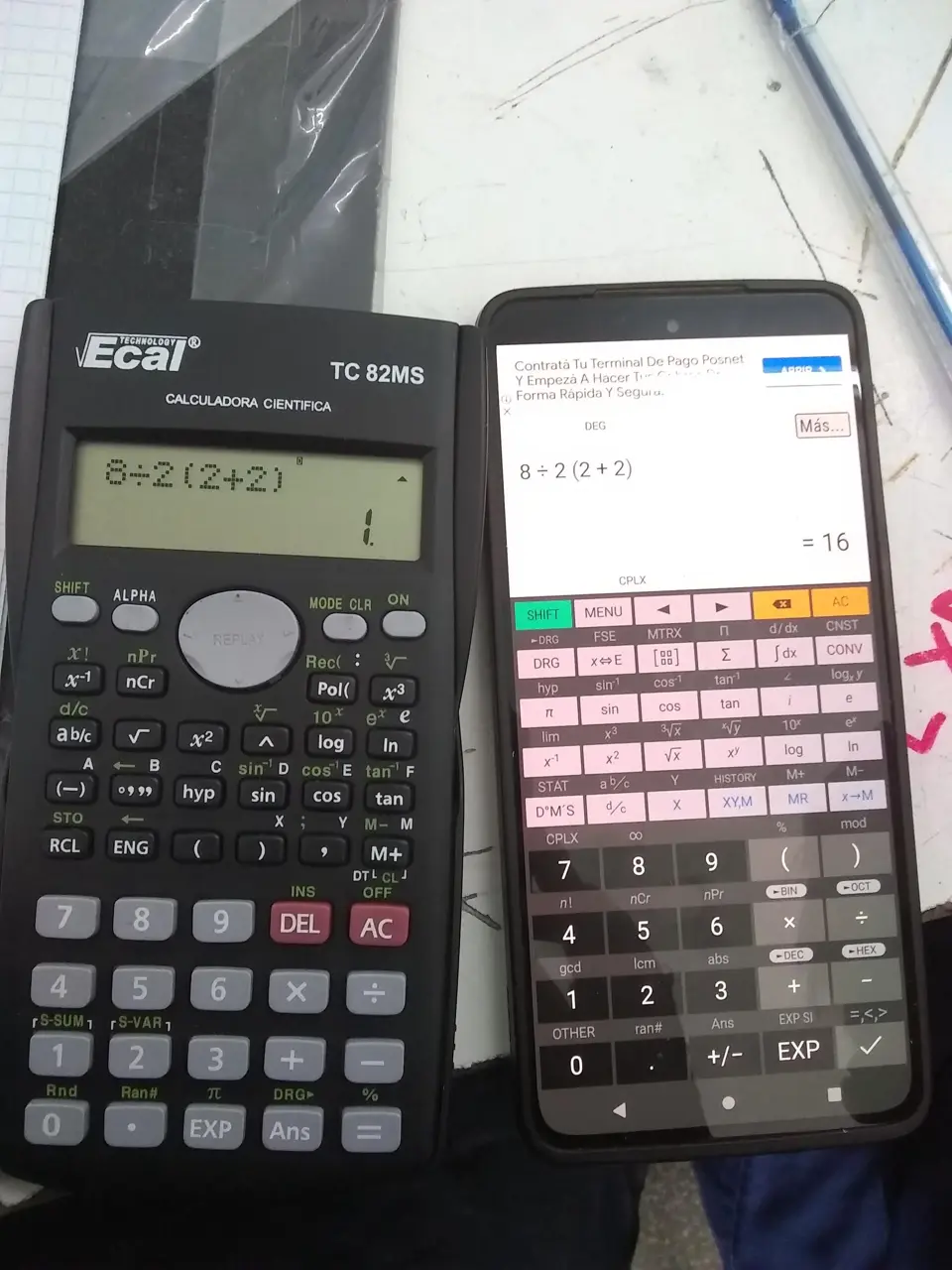this post was submitted on 03 Dec 2023
389 points (95.6% liked)
196
16898 readers
1810 users here now
Be sure to follow the rule before you head out.
Rule: You must post before you leave.
If you have any questions, feel free to contact us on our matrix channel.
founded 2 years ago
MODERATORS
you are viewing a single comment's thread
view the rest of the comments
view the rest of the comments

A Maths textbook.
It's standard in every Maths textbook.
The "few people" are Maths teachers and Maths textbook authors.
There's no such thing as implicit multiplication
No, what people are calling "implicit multiplication" is either The Distributive Law - which is the first step in solving Brackets - or Terms - and neither of these things is "multiplication". Multiplication literally refers to multiplication symbols only.
The division symbol is used - it is not the same thing as a fraction bar.
No, it's the same as x÷(y*z).
Terms, The Distributive Law, are why it's treated differently.